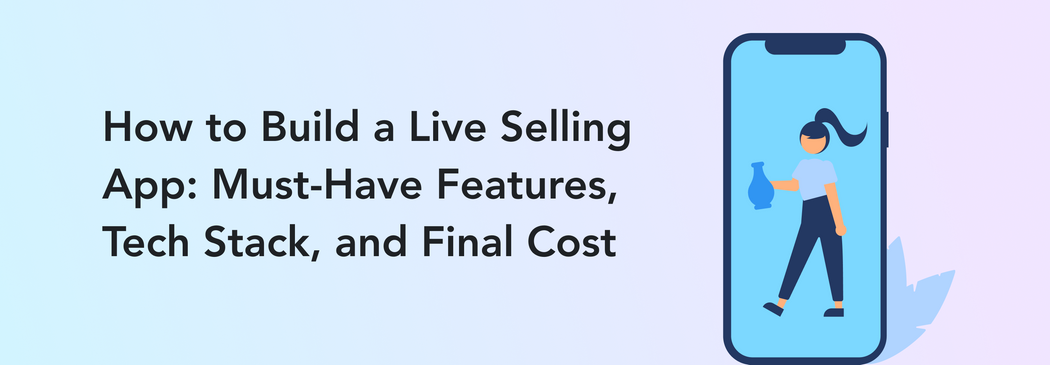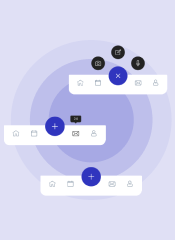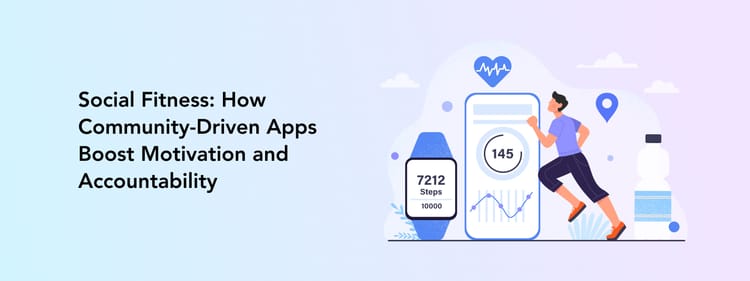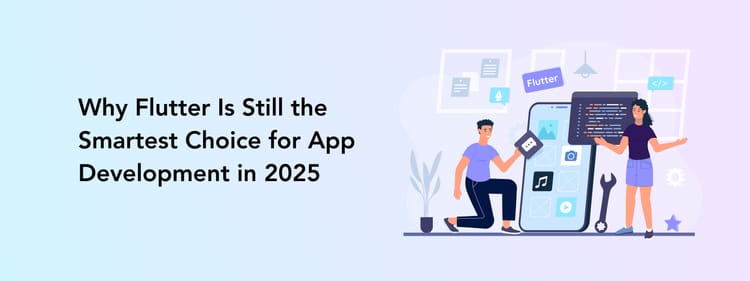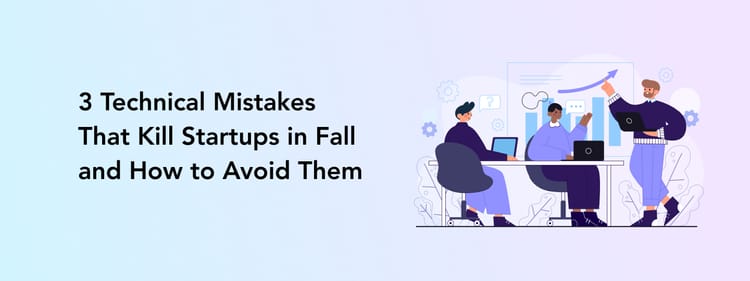Have you ever seen an Instagram live where the store owner guides you through the items in stock? This popular practice is called live selling and it is taking over the eCommerce world. Whether using popular social media or their own platforms, small and medium businesses are now taking their chance to connect with their audience and speed up the conversion process.
Consider this: 88% of retailers are already selling online. Let’s not toss over the reasons for such a trend, you know them already — convenience, dangers of pandemics, wider product choice. So, it’s not at all surprising that entrepreneurs have to work harder on their online presence.
Clearly, having a website and running social media is a must now for any store. But how can one stand out in such a huge market and attract more customers? A new eCommerce trend, live selling, can be quite an answer.
What is live selling?
Live selling is a practice of showing your customers and leads the available products in a live stream. Apart from demonstrating the very products, hosts usually give some information on how to use them, pricing, and other details. They also answer the audience’s questions and discuss their requests.
Suppose you are running a cosmetics store. In a live show, you can demonstrate the bestselling products, discuss their ingredients, show all the available colors or shades, and even do your own makeup using the products to show them in action.
There are several ways to host a live selling event, such as:
- Using a popular social media or selling platform, like Instagram, Facebook, or Amazon. Most of the big websites and apps have already introduced the live streaming feature, so one can easily stream from the brand’s page.
- Relying on third-party platforms and providers that are specifically created for live sales.
- Introducing a live selling feature in your own app. This option is both convenient for the users and builds the company’s branding.
- Finally, one can create a separate app for live selling. The customers and leads will thank the brand for a simple application where they can find live and pre-saved videos, send messages, and even buy products without leaving the stream.
Let’s agree, one of the biggest fears of any online shopper is that the expectation won’t match reality. We all know that product descriptions can be made up and photos can be edited. Conducting live selling streams eliminates these concerns — the potential customers not only see the products in real-live settings but can pose questions and get their doubts dispelled.
The advantages of live selling for eCommerce
Apart from building trust with the audience, live selling has many other benefits for retailers. They might consider implementing this practice to:
- Create a direct contact and one-to-one feeling with the audience. Live selling streams is a chance to show who is behind the scenes of the brand. Getting to know the people who run a business is a way for the clients to build trust and understand the mission of the brand. It’s nicer to buy something from the people you actually know, isn’t it? The brand is basically forming a community around your store letting your audience share their experiences too.
- Get instant feedback. Commenting is an integral part of any live-selling event. The customers and leads will definitely have some questions or ask you to give more information. What is more, owners might find some valuable feedback in the comment section.
- Effective and low-cost advertising. By hosting live selling events, brands are demonstrating the transparency of the business and the quality of the products. It is an organic way to advertise a company with no extra cost.
- Establish direct selling and faster conversion. Live selling makes the conversion process way faster: the viewer can buy a product without leaving the video thanks to payment gateways. From seeing the product in real-time to getting all the answers here and now, live selling leaves the customers with no doubts concerning the quality and application of the item.
- Create stronger branding. Finally, while hosting live selling sessions companies are also creating a stronger brand. Remember that the team leading the streams is part of branding too. People will be joining the live show just to listen to a fun host and get some of their energy. A popular practice now is to invite celebrities or bloggers to participate in live selling to promote the products and share their audience with the brand.
Top live selling apps today
Who is owning the live-selling market today? Predictably, such giants as Amazon or Instagram steal the show. Still, live selling is a hot new thing on the block and the market is not saturated. Yet. The competition is rather low and your brand new live selling app has all the chances to make it to the top.
Your main competitors would be:
- Amazon Live
- Facebook Live and Instagram
- Live selling apps tailored to Shopify, such as ShopShowy
- Livescale
- Brandlive
- Commentsold
- NTWRK
- Shoppable
You might observe that many live selling platforms are rather small-scale start-ups that are nevertheless favored by business owners over Facebook or Amazon. Why? Convenience. Leading a live show on Facebook means, well, that it stays on Facebook only. But what about the younger users who prefer Instagram as their social media? Using bigger platforms is always about choosing one target audience over another. Third-party apps offer a unified place for all kinds of people or even allow streaming on several platforms at once.
How to build a live selling app: top features and tech stack
Did we convince you that live selling is a top eCommerce trend worth investing in right now? We sure hope so. Then, it’s time to review how to create a live selling app from scratch. We will be discussing the features required for a stand-alone application but, in fact, it goes the same way if you want to implement live selling functionality in your existing eCommerce app.
Video streaming
The first must-have feature for a live selling app is clearly the very video streaming functionality. Developing this feature is not as hard as it seems thanks to various video conferencing services.
You might choose Twilio, Agora, Jitsi, or even the well-known Zoom. We wrote a separate piece comparing these streaming services. It’s important to check whether it is possible to save the streams, so the users who missed the live show can watch it later. Also, it’s best if you choose the service that utilizes a pay-as-you-go model and offers you a ready-made video streaming infrastructure — perfect for a start-up. Don’t worry, your development team will definitely assist you with finding the best option.
Chat and commenting
Remember how we mentioned that commenting during the live selling event is a way for the audience to pose their questions and for the company to get that valuable feedback? Clearly, real-time commenting is a must for a live selling app. Usually, the same video conferencing service can help with this task too.
Cloud storage
Next on, you might want to save the live shows for users to access them after the very event. In this case, you will need reliable cloud storage. What is more, a cloud database is necessary for accessing user data. Amazon S3 or Google Cloud Storage will be just fine.
In-app purchases
Imagine how convenient it is to be able to buy an item you just saw on a live selling stream without actually clicking out of the video? Yes, it is possible. All you, or rather your mobile development team, need to do is to integrate payment gateways. These can be PayPal, Shopify, or Stripe. Thus, users can pay using their accounts on these platforms or simply their credit or debit cards.
Analytics
After conducting a live show, business owners would probably want to know how well did it go: how many people attended, the number of active chat users, and so on. By integrating an analytics tool it is easy to access such information and see it in the form of graphs. Many of the video streaming services have in-built analytics tools.
User profile
Last but not least, it would be a nice touch to add a user profile to your live selling app. If you are looking to integrate a live selling feature to an existing eCommerce app, you can skip this part — we believe that this page is already in your app (or we hope so).
Anyways, a user profile is a hub where one can add their personal details, such as a credit card to use for in-app purchases, or choose their nicknames for live streams and chats.
How much does it cost to make a live selling app
These are the features your live selling app will definitely need. But what stands behind those, in other words, how long and expensive is it to build a live selling app with the mentioned above functionality?
The process goes as follows:
- You need to contact a design and development team of your choice. Trust us when we say that finding a reliable company is half of the success. You can find a team on Clutch or GoodFirms; remember to check the reviews and portfolio.
- Most likely, you will discuss the design you want and all the features with a sales and product manager. This is called the discovery stage. We often suggest an MVP (minimum viable product) approach for start-ups. It helps you prioritize the efforts and present the product sooner to see how well it does on the market.
- UI/UX design. Clearly, you will need a well-organized and user-friendly design. You can read more about how we design apps in this article — it explains each design stage.
- The very app development. You need to choose whether you want your app to be an Android or iOS one, or maybe both. If the latter is your choice, then consider cross-platform development, it will save you a lot of time and budget.
- QA. We strongly recommend testing your app even if it is an MVP and “nothing can go wrong”. Let the quality assurance specialist find any app’s drawbacks, not your users.
Adding up all the stages, the total time needed to build a live selling app from scratch is around 500-1000 hours, assuming that your product is an MVP. Now, you have to multiply the number of hours on the hourly rate of the team you chose. It mainly depends on their experience and location. For example, Eastern European software development companies with a good portfolio and a bunch of experience will charge around $30-50/hour. As a result, a live selling app MVP created by, let’s say, a Ukrainian team will cost you around $30 000-50 000 for one platform.
The bottom line
That’s it — now you know all the basics of developing a live selling app, from the required steps to the potential cost. Of course, each case is unique, and your process might be different from the one described above. For example, live selling can be a new feature of your existing eCommerce app or you want to create a B2C rather than B2B solution.
Remember, you can always discuss your options — we are glad to help you make the first steps. Sign up for a professional consultation to get in touch with our experts.
